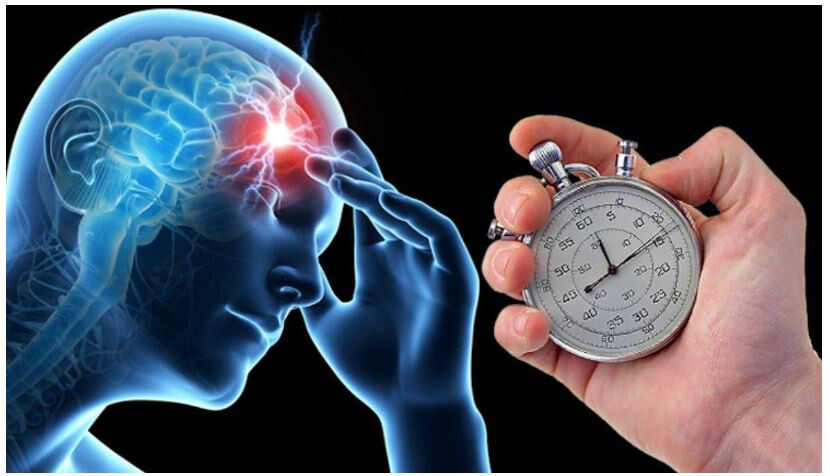
Every minute, approximately 1.9 million brain cells perish in an individual experiencing a stroke, and within an hour, that number surges to a staggering 120 million. This rapid neuronal death marks the beginning of a countdown, as brain tissue deteriorates at an alarming rate. Even with timely medical intervention that saves lives, stroke survivors often grapple with debilitating aftereffects such as hemiplegia, aphasia, and impaired consciousness.
A myriad of factors can contribute to the risk of stroke, including age, underlying health conditions like hypertension, diabetes, high cholesterol, and heart disease, as well as lifestyle habits such as smoking and excessive alcohol consumption. As temperatures drop and blood vessels constrict, the risk further escalates.
Stroke encompasses two primary types: ischemic stroke, caused by a blockage in a blood vessel, and hemorrhagic stroke, resulting from a ruptured blood vessel. Ischemic strokes account for approximately 90% of all cases. According to South Korea's 2023 mortality statistics, cerebrovascular diseases, including stroke, rank as the fourth leading cause of death, highlighting the severity of this condition. The aging population has exacerbated the problem, with stroke rates doubling every decade after the age of 55.
[Copyright (c) Global Economic Times. All Rights Reserved.]




























